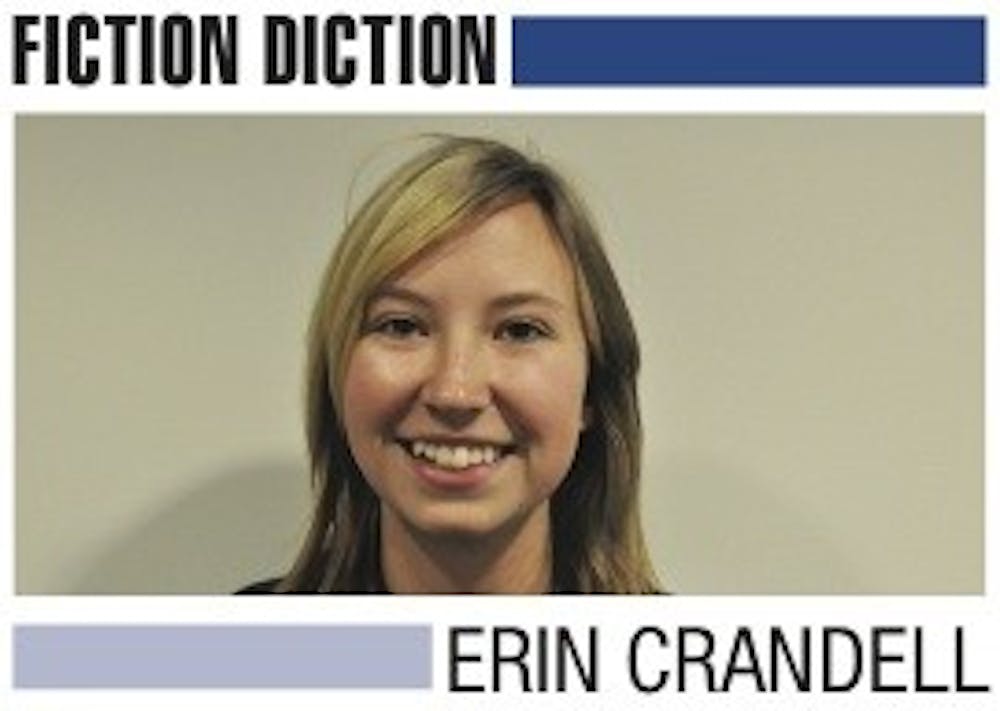I am not generally a horror fan in the Steven King, “Revenge of the Body Snatchers,” vampire sense. Those topics just simply do not appeal to me as a reader. On the other hand, absurdist horror has me obsessed. It is something about the absolutely, ridiculously grotesque that sets absurdist humor apart from my usual aversion to the genre.
My latest read was the novel “John Dies at the End” by David Wong. This novel originated as a blog written weekly on Cracked.com, which picked up a cult-like following. With a lot of zeal from Internet fans, it was released for the general public to enjoy.
The novel is about a town (never named, but located somewhere in the Midwest) where demons from hell are rising from the ground to communicate with and haunt people. The novel jumps back and forth between an interview between David Wong and a reporter, and the actual sequence of events. The reader’s emotions mirror emotions of the reporter, both skeptical of and amused by David’s story. Neither takes him very seriously, but at the same time both listen. The novel represents grotesque and absurd horror at its best: a very non-descript, non-heroic protagonist, an extremely convoluted and twisted plotline and so much blood and gore that in any visual form it would be overpowering.
David Wong is the ultimate non-heroic protagonist. He works at a video shop and has no ambitions to do anything more in life. He is horrible in relationships and fails to create normal attachments to anyone. There are multiple instances where he has no qualms about leaving his best friend John, to the mercy of demons rising from hell. In fact, David Wong really has no redeeming qualities at all. But, in a way, that makes him that much more relatable. He is an everyman — the modern day tragic hero, suffering in the unfair, working-class world of the Midwest.
The imagery is wonderful, providing a visual for the reader that adequately depicts the strange creatures that terrorize David’s life. The creatures are completely absurd: small worms shaped like screws that drill into your flesh and multiply; a dog that can sense more than the average human being; and a Jamaican man addicted to a drug that makes you see creatures from hell, among other things.
Most absurdist horror uses the characteristics of the genre to make a social parallel and insert commentary. In “John Dies at the End,” the parallels concern the idea of violence in today’s society. From video games to horror films, these media tap into our inner demons and make human society quake on the brink of chaos. This is the brilliance of the book. It highlights the worst parts of our society and our own humanity, taking our weaknesses and contorting them into the grotesque. When an author can bring a parallel from our world to such a horrific world as in “John,” you know that there is a problem.
For anyone interested in absurdist horror authors, I would encourage readers to look into Chuck Palahniuk, the author of the ever-shocking “Fight Club.” He recently finished his self-classified “horror” series, of which I regret to only have read one: “Lullaby.” Of course, it was wonderful, confusing as all hell and extremely entertaining.
The audience for horror is very small, which is funny if you think about how quickly violence sells in the rest of the media world. Oh, well — when has anything involving horror ever made perfect sense?
You can reach this columnist at thescene@theeagleonline.com.





